Motorola Droid 3 Review - Third Time's a Charm
by Brian Klug on July 30, 2011 12:01 AM EST
Motoblur that isn't
The Droid 3 also comes by default with the newest version of Motoblur, or, well, some unnamed UI skin that sort of looks like Motoblur, but isn't officially called Motoblur in any of the user-facing parts of the software or website. Though one has to view things from Motorola's perspective - Motoblur has become a dirty word as of late - it's still there, and it still looks like Motoblur. All it takes is looking no further than the Build.prop file inside the Droid 3’s system directory to learn that the Motorola UI layer running atop the Droid 3 is still called Blur at its core:
Blur_Version.5.5.959.XT862.Verizon.en.US
For those that followed our Motorola Droid X2 review, this should already be self explanatory - it’s literally the same case with the Droid 3 as the X2. That said, the UI skin on the Droid 3 is notably different from what I saw on both the updated Droid X and newer Droid X2.
The Droid 3’s Motoblur treatment consists of a different, unique lock screen, and a GPU accelerated launcher plus home screen. Starting with the lock screen, there’s a different (non stock) font, unlock pattern, and a silent/ring switch on the home screen. I saw the lock screen glitch out, but only once when switching between landscape and portrait very quickly.
It’s hard to appreciate the 3D/GPU accelerated changes in the launcher without actually seeing the thing, screenshots only go so far in conveying what’s different. Of course, I still would encourage interested parties to check out our video review which does go over the general UI smoothness. There’s a zoomed out view for switching between home screens rapidly as well, which again has a very GPU-accelerated feel to it. Swiping between home screens now is a fluid 3D effect, and after the page stops moving there’s a glow that waves across all the icons and widgets. It’s a bit of not totally requisite eye candy, but I must admit the animation is constantly fluid.
The Motoblur-specific widgets are still here and keep largely the same appearance. What’s different is that the home screen grid also gets a 3D treatment. Move shortcut tiles or widgets around, and they’re given a 3D effect and move around as if being dragged through space. Motorola widgets can still resize, though the handles for changing size are differently styled now, but from what I can tell the same row x column configurations previously permitted are still around. The default set of home screens are also not overly cluttered, only the center three are home to any items out of the box.
The bottom row of icons still lack text labels, something that I am still puzzled by, and I wager still confuses new Android users. For example, the rightmost tile is the application launcher, but the icon just doesn’t really convey the message immediately. It also can’t be moved or replaced, however the other three can after a long press.
Of course, there are also landscape views for everything to accommodate using the phone with the keyboard out.
The same black on white Motoblur color scheme sticks around, with shades of navy blue for other UI elements. It’s the same as we’ve come to expect - again, based on the Android 2.3 update for the Droid X, and the X2’s theme.
The next major UI skin change is the application launcher. It now is divided into pages which slide left and right, instead of one long list which slides up and down. This is a big change for older Droid users who are no doubt already accustomed to the former (and which is also the default Android behavior), and I think might be received by some people as a change that further emulates iOS’ organizational scheme.
What does improve, however, is that the launcher also gets the GPU-accelerated theme. Transitions are fluid when swiping between pages both in portrait and landscape, and just like the home screen there’s a bit of a depth effect which is visible. It’s impressively fluid.
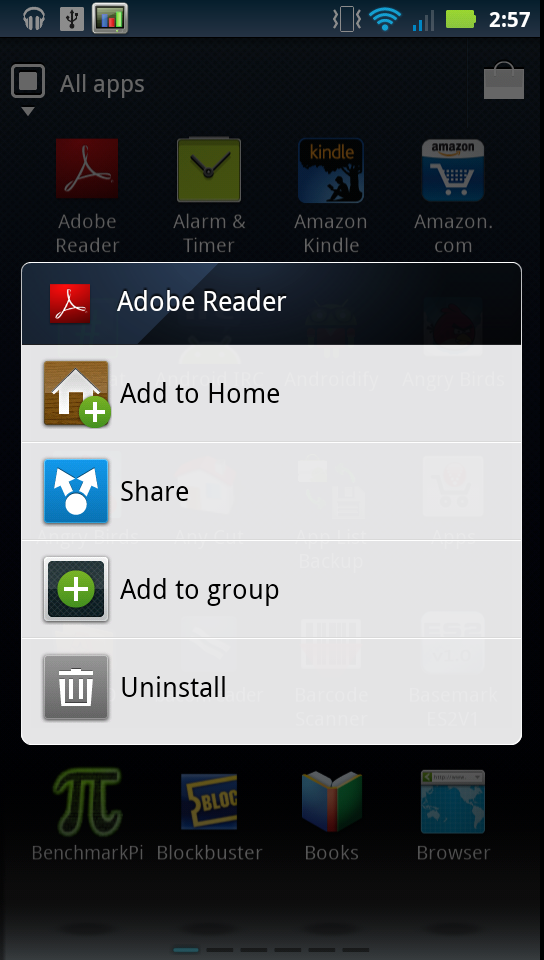
The only place that I think rebooted Motoblur shows some lag is at the portrait-landscape transition. Each time the home screen has to change between portrait and landscape, there’s considerable lag as first the wallpaper, then bottom row of icons, then widgets, and finally application tile assets are re-loaded and rendered. It just is a glaring area that stands out in my mind as being equally unpolished and laggy. Almost everything else is superb.
The other changes are subtle. Thankfully the cellular signal, connectivity, and WiFi indicators still change color like they do in stock Android 2.3 to indicate successful connection with Google’s servers. There’s also the Android 2.3 CRT shutoff animation, though it looks slightly different from the one in mainline Android 2.3.
Inside settings, Motorola continues to include a battery manager that by default restricts account synchronization to “normal” working hours. First thing I did was disable this by selecting performance mode, since my hours are anything but normal. Last go around, this setting confused people since, again, email and other accounts are not synced between 10 PM and 5 AM. It’s easy enough to disable, thankfully.
Tapping on the large battery icon dumps you into the Android 2.3 power charts which show estimated use broken down by core function and application, and tapping on the graph still shows a timeline of when different things were on and sucking down battery. I’m glad that virtually all the Android 2.3 enhancements haven’t been eschewed.
I mentioned earlier that the Droid 3 doesn’t include an SD card by default. Instead, there is 16 GB of NAND onboard which is home to three partitions for application storage, internal storage, and of course the Android OS. By default, the size of those partitions are just shy of 2 GB, 11.35 GB, and over 1 GB.
Filesystem Size Used Free Blksize
/dev 219M 76K 219M 4096
/mnt/asec 219M 0K 219M 4096
/mnt/obb 219M 0K 219M 4096
/system 320M 307M 13M 1024
/data 1G 331M 1G 4096
/cache 535M 17M 517M 4096
/data/tmp 2M 8K 1M 4096
/pds 3M 1M 2M 1024
/preinstall 477M 258M 218M 1024
/mnt/sdcard 11G 1G 9G 8192
The Droid 3 comes with its own share of stuff preinstalled as well, including a veritable bevy of Verizon applications (why they can’t consolidate into one massive program seems beyond me), and the usual assortment of preloads that hitch a ride on stock ROMs. Things like slacker, GoToMeeting, CityID, Citrix, Angry Birds (sigh), NFL Mobile, Lets Golf, NFS Shift, and Blockbuster. Of those, only Lets Golf and NFS Shift can be uninstalled, which is better than nothing but still not quite ideal.
The Droid 3 as of this writing has a locked bootloader, so there’s no simple way to toss on an AOSP derived ROM like CM7, or any custom ROM for that matter, at least at this point. Hopefully soon however a Motorola-approved update will appear that will make unlocking as simple as running “fastboot oem unlock” like other devices. It’s disappointing to see the Droid 3 ship in this state, but unlocked bootloaders are indeed in the cards for almost all manufacturers at this point. It’s just a matter of persuading carriers that doing so won’t result in network implosion, and preventing hoards of customers from trying to get warranty replacements on devices they’ve flashed improperly.



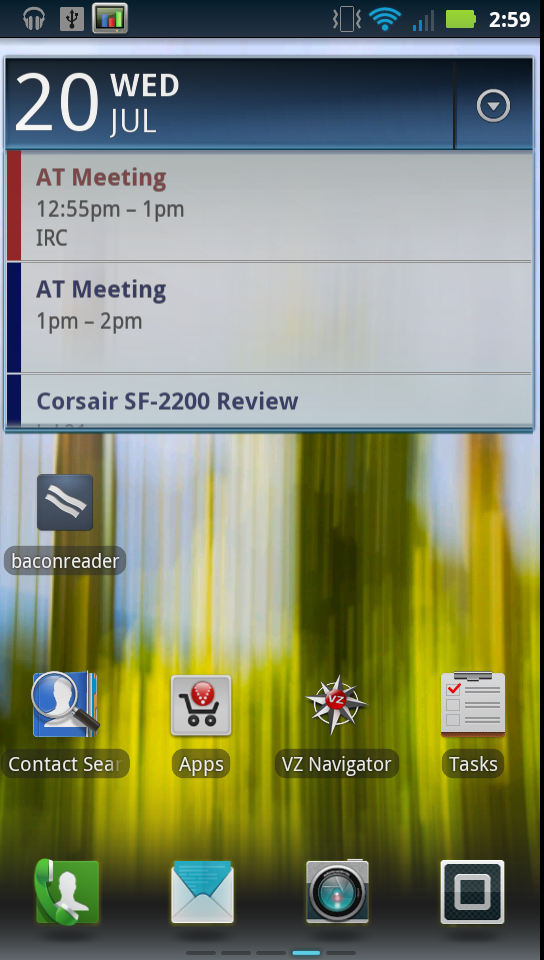

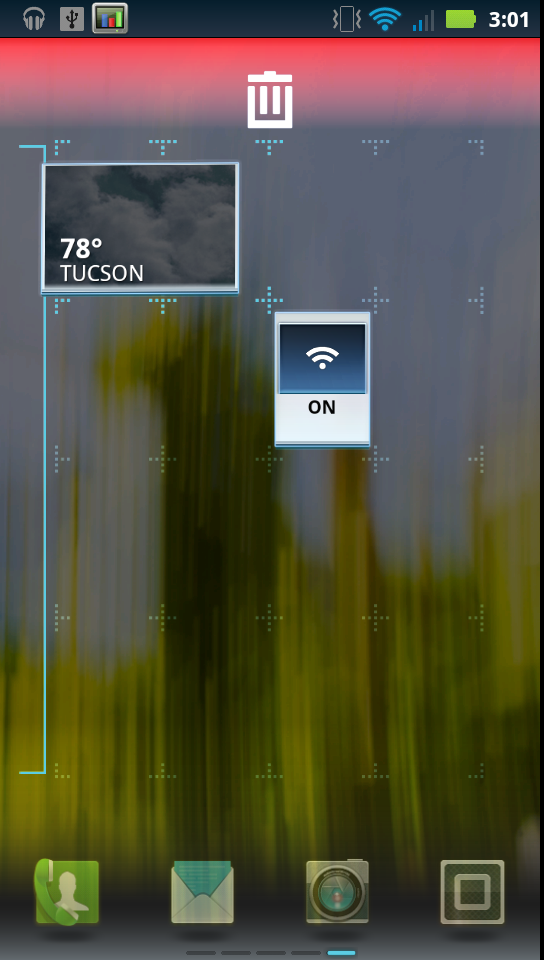
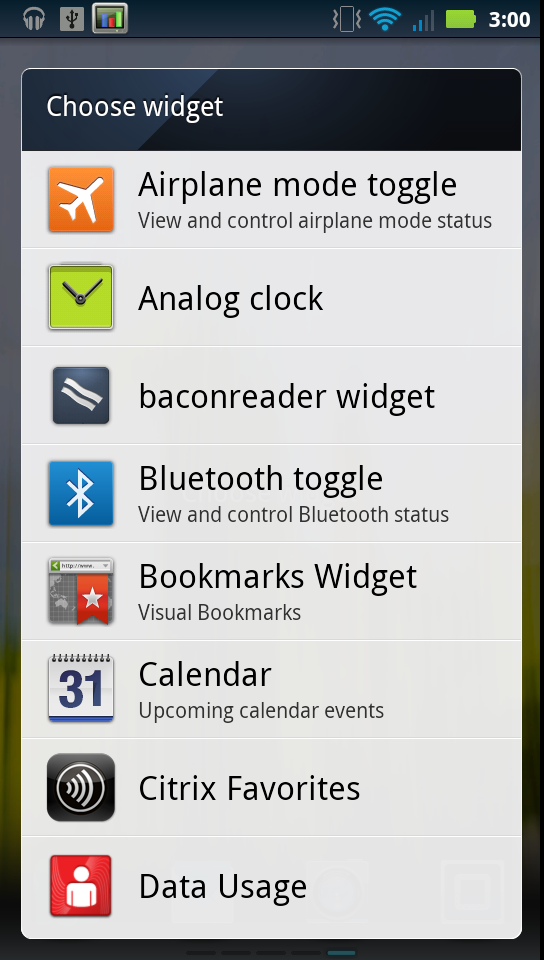
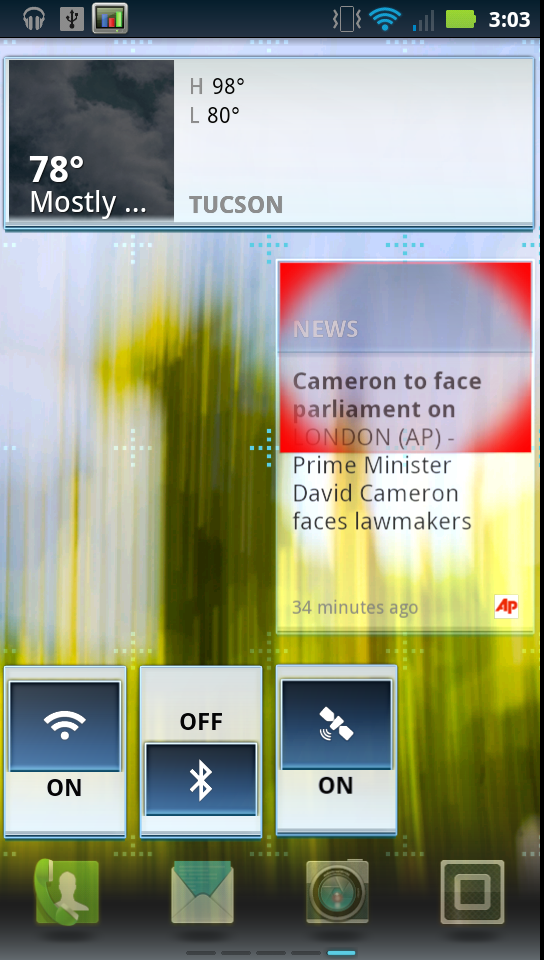
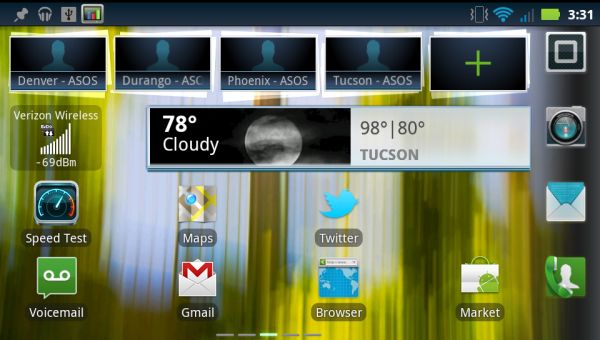
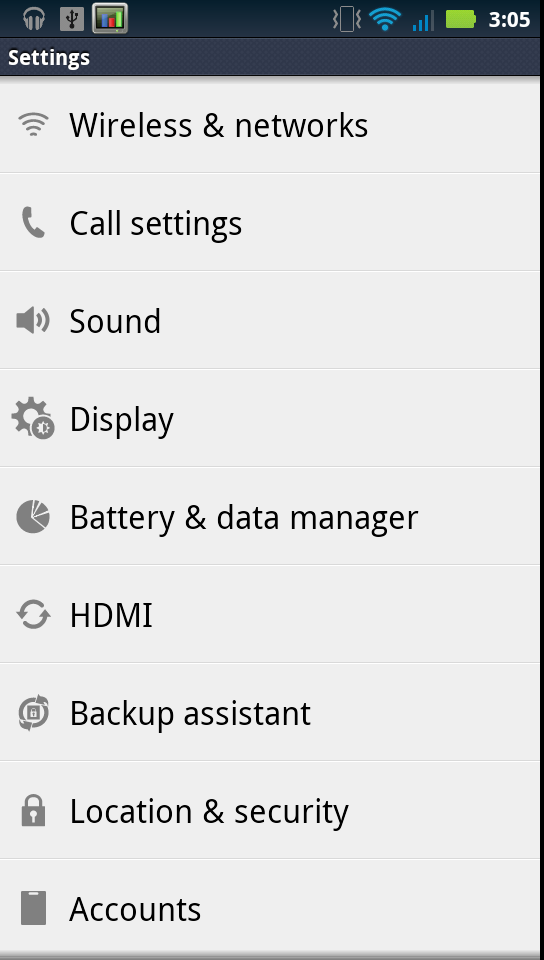
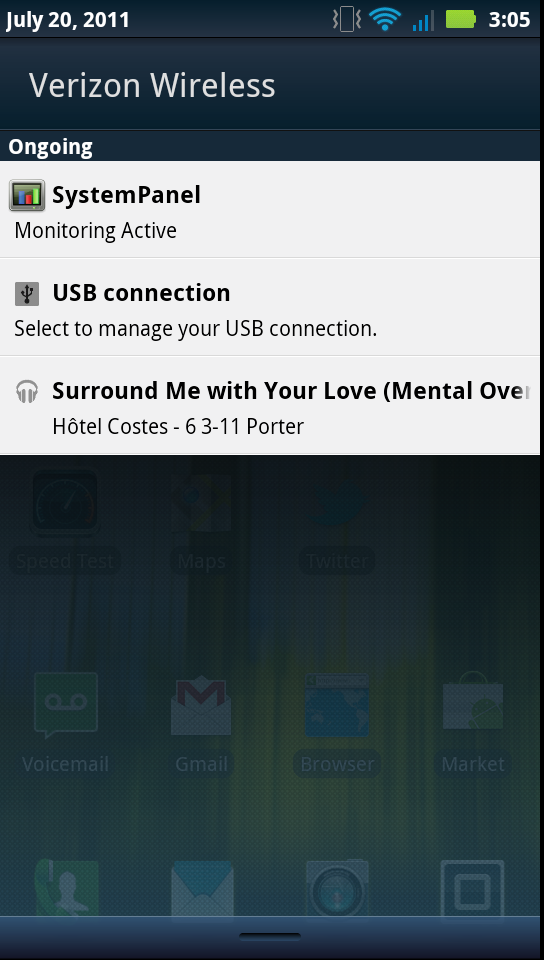
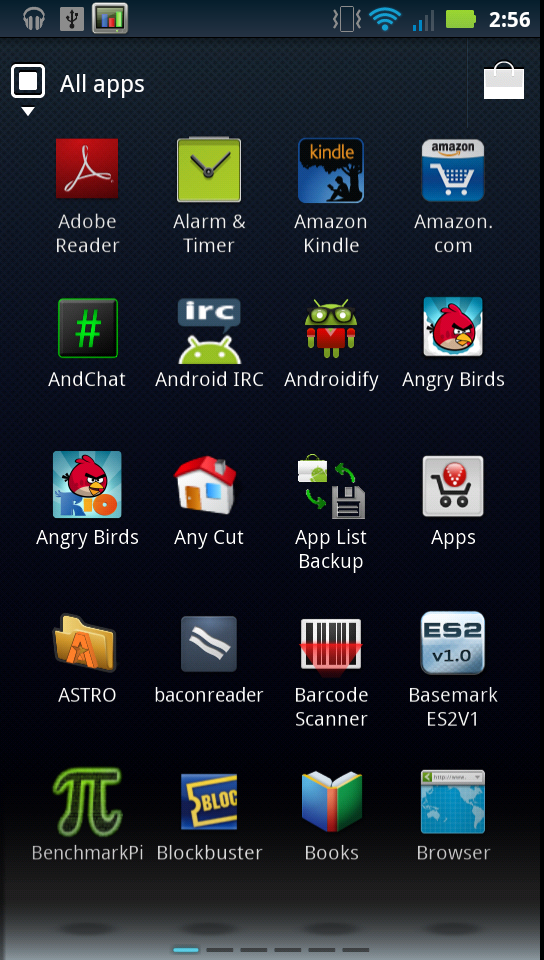
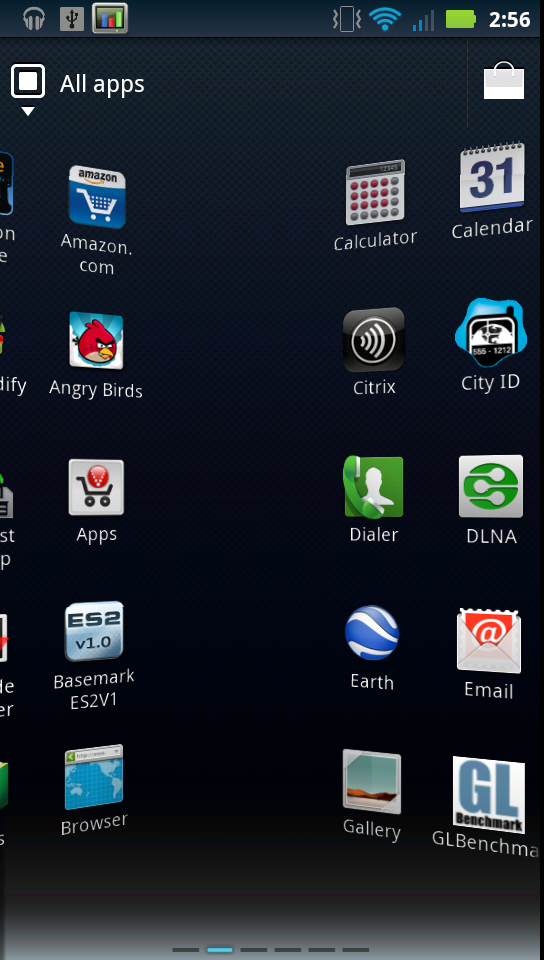
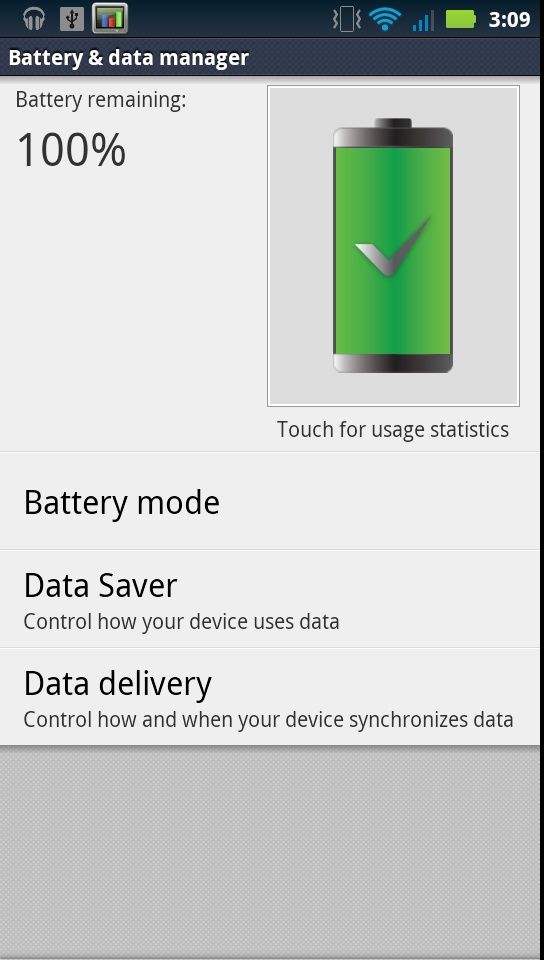

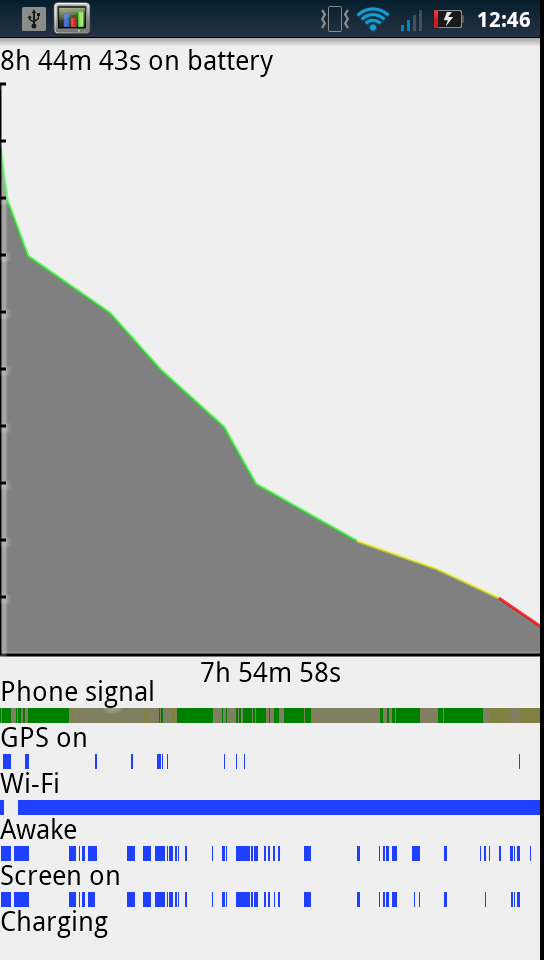
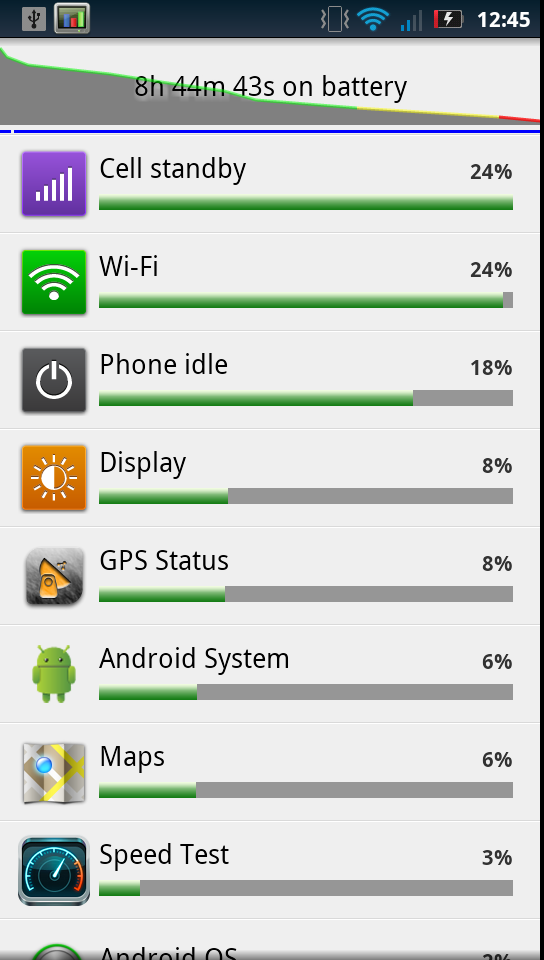








84 Comments
View All Comments
Myrandex - Monday, August 1, 2011 - link
5th row keyboard looks very nice. I did compare one in the store to my Touch Pro 2, and unfortunately I still have to side with the touch pro 2. I tried typing out a sentence and the button size of the touch pro 2 just seemed to reign supreme. It is in the right direction though!Jason Cook
Johnmcl7 - Monday, August 1, 2011 - link
That sounds promising, if they're going to make a Chinese version they may produce an EU version as well given they're producing the hardware anyway.John
aggiechase37 - Tuesday, August 2, 2011 - link
I have the D3. Couple things:1. Gingerbread keyboard does NOT come preinstalled, nor does Angry Birds.
2. I have issues with lag coming back to the homescreen. This is especially persistent with the camera app
3. I also have issues with framerate drops swiping through homescreens and the app drawer. Minor, but noticeable. Hardly as fluid as Anandtech boasts.
4. Something should be said about the screen being much more view-able in direct sunlight, moreso than any screen I've seen so far.
5. Camera lowlight conditions are considerably improved over D3's predecessors.
6. There are issues with the led flash causing a blue tint when snapping pics with NO light, like utter darkness. But seriously who does that?
7. 3rd party launchers are not compatible with Moto's widgets.
8. Moto's launcher eats 40mb's of RAM, seems a little excessive.
9. Task killer included on the phone. Is Moto insane???
relativityboy - Thursday, August 4, 2011 - link
I ordered one of these the day they came available. Coming from a rooted, very customized CM7 D1 I was a little underwhelmed. While there's no question the D3 is capable of more at the limit my D1* felt good in the hand. I don't care for the hard edges of the D3.
* had excellent performance (I lucked out - low voltage ChevyNo1 kernel @ 1.1Ghz). With swap and a fast SD chip I didn't have the launcher reloading all the time.
* had very good battery life (1.5-2 days of med/lite use)
* felt much smaller in the pocket
* actually had better performance in tasks like scrolling the contacts list, and rendering pages in opera/stock browsers
* The radios on the D1 have better reception. I'm not talking about bars on a screen or stats in a test bench. In my office people often complain about dropped calls, poor wifi in the bathrooms(yep), etc. I had no idea what they were talking about until I switched to the D3.
* the touch screen seems less sensitive that on my D1.
--
I'm sure some of my complaints are related to immature software, but things like radio reception shouldn't be related to that. I've had a number of kernel panics, and display resets.
Maybe I got a bad phone, but I'm not sold on the D3.
relativityboy - Friday, August 5, 2011 - link
Today I'm completely frustrated with this piece of bunk. Seriously. This phone is crashing, getting worse, can't get a GPS lock to save it's life.On the bright side, with the kinds of problems I'm having it might not all be buggy software.
amankumar - Thursday, August 4, 2011 - link
want some super cool android HD games to unleash its potential, here's the link:http://nitin-xyz.blogspot.com/2011/07/free-and-ful...
Death666Angel - Thursday, August 4, 2011 - link
Hey! I just wanted to comment on the last paragraph of this review. I personally had a Touch Pro 2, bought it in August 2009. It has a pretty good keyboard, when the reviewers are to be believed. And although the touchscreen was resistive and thus not as easy to navigate as modern capacitive touchscreens, I hardly ever used the keyboard. Unless you type unusually long emails or are in the business of typing up reports on your smartphone, the tradeoff you have to make for a keyboard smartphone isn't worth it in my opinion.My Galaxy S2 is hardly bigger (125mmx65mmx8mm) than the Droid3 and significantly lighter (117g). I probably wouldn't win a typing contest when we had to type a whole page. But SMS, comments, short email reply I'd win.
The only thing the keyboard on my TP2 was useful for was as a gamepad for my Mega Drive emulator. I played through Soleil on it. But I have already played through Legend of Zelda and am 80% through Secret of Mana on my SNES emulator on the Galaxy S2 using the overlayer gamepad. With some USB-host gamepad support it will be even better.
So, to summarize, I would never buy a keyboard smartphone again because the cons outweigh the pros for me. (Only the Playstation phone looked interesting....)
EEWdad - Sunday, August 7, 2011 - link
It is very refreshing to see a comprehensive and unbiased review of this update to the Droid 2. Many other reviews I've seen on web have largely dismissed the Droid 3 as a worthy product -- mostly due to the absence of 4G/LTE.It was nice to see AnandTech's combination of device performance metrics and hand-on impressions to used to objectively assess the capabilities of the Droid 3 -- much different outcome from the other reviewer's rather subjective opinions. From what I can see from this review, I think the hardware performance, 3-D interface, keyboard, web browsing, wi-fi, video, photos, phone voice quality and noise-canceling capabilties are pretty darn impressive.
My wife has had a Droid 2 for about a year now -- I think it's been a reasonably good smartphone. Since getting hers, I've been wanting one for myself; after reading this review, my confidence is high -- I've taken the plunge and ordered a Droid 3 for myself.
Please, keep up the good work!
2therock - Tuesday, August 9, 2011 - link
Cannot Wait For You To Get A BionicZaniyah - Friday, August 19, 2011 - link
I just love my Droid 3 and the navigation system on it works fantastic. The pictures are excellent. It took me a while to get use to it, but there were so many positives that outweighed the negatives. It is worth every dime I paid for it. Honestly, I love everything about my Droid 3.